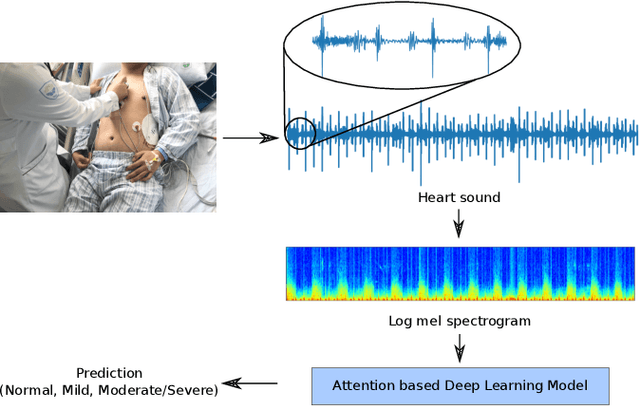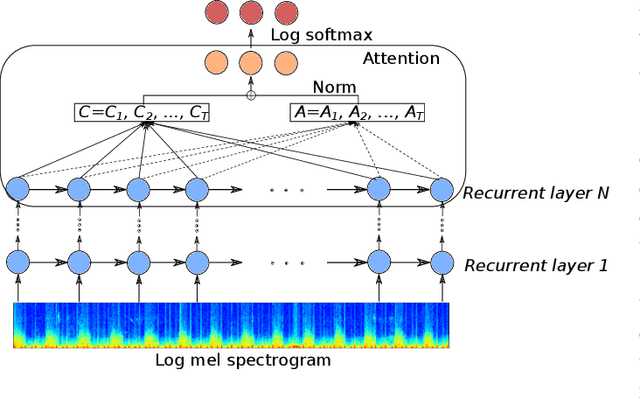Zhenyu Dai
Physics-informed neural networks in the recreation of hydrodynamic simulations from dark matter
Mar 24, 2023Abstract:Physics-informed neural networks have emerged as a coherent framework for building predictive models that combine statistical patterns with domain knowledge. The underlying notion is to enrich the optimization loss function with known relationships to constrain the space of possible solutions. Hydrodynamic simulations are a core constituent of modern cosmology, while the required computations are both expensive and time-consuming. At the same time, the comparatively fast simulation of dark matter requires fewer resources, which has led to the emergence of machine learning algorithms for baryon inpainting as an active area of research; here, recreating the scatter found in hydrodynamic simulations is an ongoing challenge. This paper presents the first application of physics-informed neural networks to baryon inpainting by combining advances in neural network architectures with physical constraints, injecting theory on baryon conversion efficiency into the model loss function. We also introduce a punitive prediction comparison based on the Kullback-Leibler divergence, which enforces scatter reproduction. By simultaneously extracting the complete set of baryonic properties for the Simba suite of cosmological simulations, our results demonstrate improved accuracy of baryonic predictions based on dark matter halo properties, successful recovery of the fundamental metallicity relation, and retrieve scatter that traces the target simulation's distribution.
Deep Attention-based Representation Learning for Heart Sound Classification
Jan 13, 2021



Abstract:Cardiovascular diseases are the leading cause of deaths and severely threaten human health in daily life. On the one hand, there have been dramatically increasing demands from both the clinical practice and the smart home application for monitoring the heart status of subjects suffering from chronic cardiovascular diseases. On the other hand, experienced physicians who can perform an efficient auscultation are still lacking in terms of number. Automatic heart sound classification leveraging the power of advanced signal processing and machine learning technologies has shown encouraging results. Nevertheless, human hand-crafted features are expensive and time-consuming. To this end, we propose a novel deep representation learning method with an attention mechanism for heart sound classification. In this paradigm, high-level representations are learnt automatically from the recorded heart sound data. Particularly, a global attention pooling layer improves the performance of the learnt representations by estimating the contribution of each unit in feature maps. The Heart Sounds Shenzhen (HSS) corpus (170 subjects involved) is used to validate the proposed method. Experimental results validate that, our approach can achieve an unweighted average recall of 51.2% for classifying three categories of heart sounds, i. e., normal, mild, and moderate/severe annotated by cardiologists with the help of Echocardiography.
 Add to Chrome
Add to Chrome Add to Firefox
Add to Firefox Add to Edge
Add to Edge